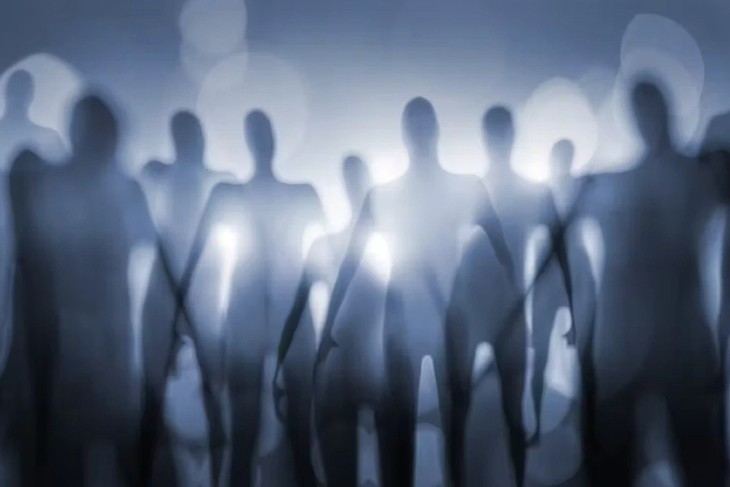 |
| In recent times, many experts and scientists have conducted research to clarify the mystery of the existence of aliens . Among them, the US Department of Defense established the All-Domain Anomaly Resolution Office (AARO) in 2022 to coordinate federal efforts on unidentified anomalous phenomena (UAP), following many reports of UFO encounters. Photo: Conversation. |
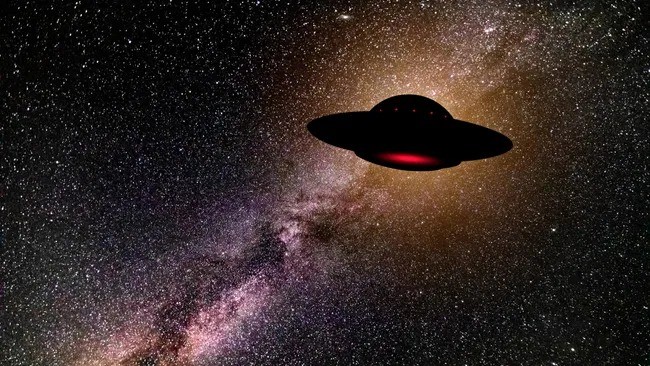 |
| Although the All-Domain Anomaly Resolution Office (AARO) publishes annual reports, publicly available scientific data on UAPs remains very limited. Photo: Getty Images / Anton Petrus. |
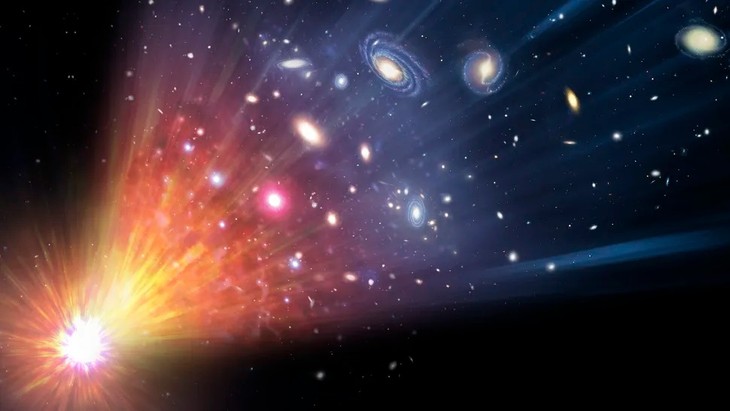 |
| Faced with this situation, a research team from the Harvard-Smithsonian Center for Astrophysics (CfA) and the Galileo Project recently proposed deploying a panoramic infrared camera called Dalek - an application of artificial intelligence (AI) to search for traces of aliens . Photo: MARK GARLICK/SCIENCE PHOTO LIBRARY via Getty Images. |
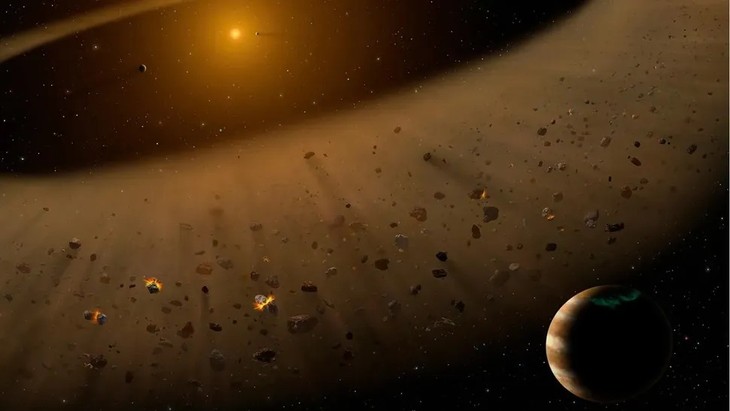 |
| According to the plan, the goal of the Dalek panoramic infrared camera is to take advantage of the advancement of AI to "scan" the sky to search for signs of alien technology. Photo: NASA/SOFIA/Lynette Cook. |
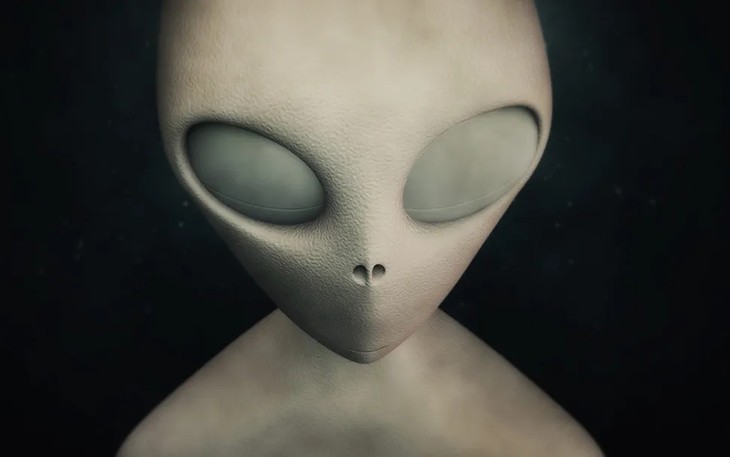 |
| The project was led by Laura Domine, a postdoctoral researcher at Harvard University and a member of the Galileo Project, in collaboration with scientists from several organizations including CfA, Whitin Observatory, UAP Research Science Alliance, and Atlas Lens Company. The scientists’ proposal was presented at the 2025 Lunar and Planetary Science Conference (LPSC) held in March in Texas, USA. Photo: Shutterstock. |
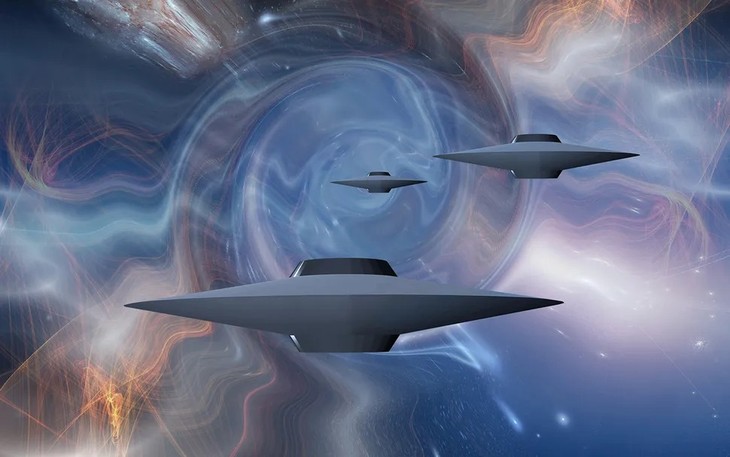 |
| Dalek, a panoramic infrared camera named after the villain in the TV series Doctor Who, acts as a multi-modal, multi-spectral ground observatory, combining infrared, optical, radio and acoustic data collection. Photo: Shutterstock. |
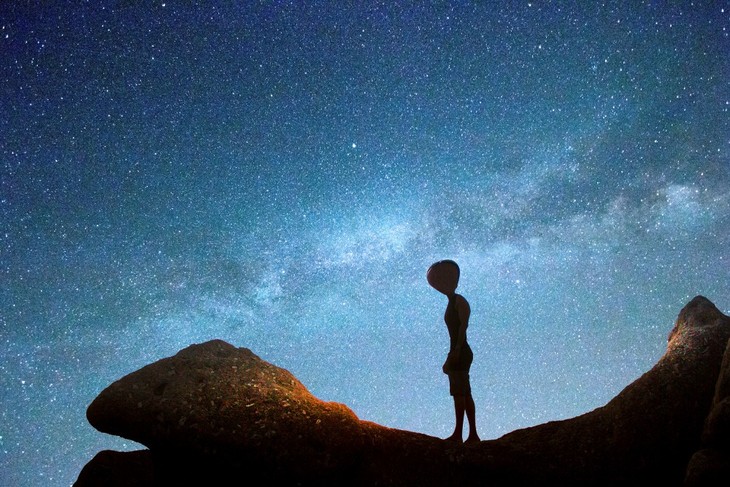 |
| The Dalek panoramic infrared camera was built following recommendations from NASA in an independent study in 2023, which highlighted the need for high-speed sensing systems with the ability to adjust on a millisecond time scale. The device integrates multiple sensors to fully identify UAP events from shape, color, movement, to sound. Photo: Apostoli Rossella / Getty Images. |
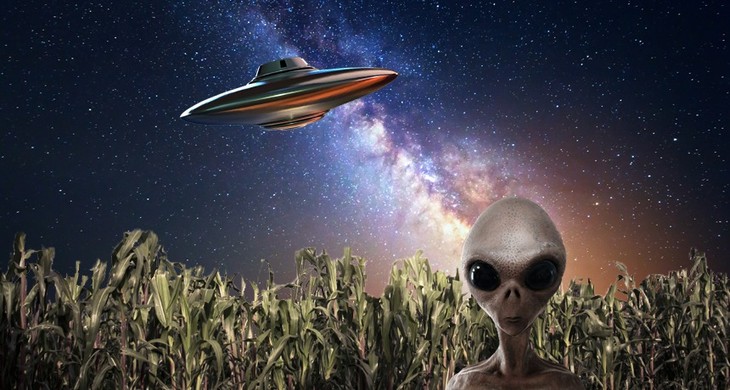 |
| The Galileo Project operates open observatories in Harvard, Pennsylvania, and Nevada that record about 100,000 objects per month, and more than 1 million have been recorded to date, creating the largest database ever systematically collected. Photo: cosmin4000, homeworks255, fergregory, den-belitsky/iStockphoto; composite by L. Steenblik Hwang. |
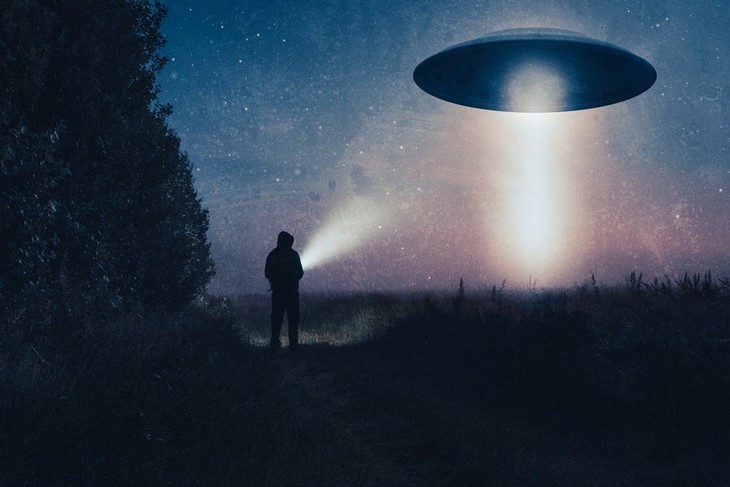 |
| Data from the Dalek cameras is processed by artificial intelligence software that integrates the YOLO (You Only Look Once) model for object detection and the SORT (Simple Online and Realtime Tracking) algorithm for orbit reconstruction. From there, familiar objects such as planes, drones, satellites, birds and balloons are classified and help identify anomalies that do not fit into known categories. Photo: David Wall/Getty Images. |
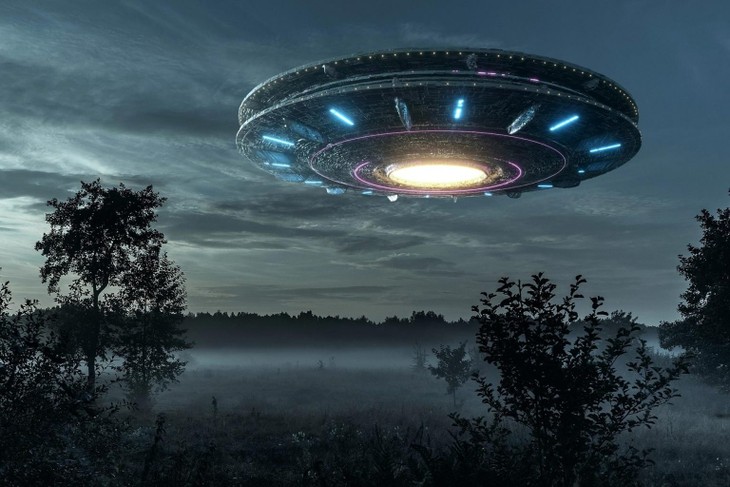 |
| The researchers said that objects of uncertain origin that cannot be classified will be examined further to identify potential signs of extraterrestrial technological civilizations. Photo: scitechdaily. |
Readers are invited to watch the video: The truth about the evidence of aliens "landing" on Earth in 1947.
Source: https://khoahocdoisong.vn/ra-soat-vu-tru-bang-ai-tim-kiem-nguoi-ngoai-hanh-tinh-post268233.html


![[Photo] Fireworks light up the sky of Ho Chi Minh City 50 years after Liberation Day](https://vstatic.vietnam.vn/vietnam/resource/IMAGE/2025/4/30/8efd6e5cb4e147b4897305b65eb00c6f)


![[Photo] Feast your eyes on images of parades and marching groups seen from above](https://vstatic.vietnam.vn/vietnam/resource/IMAGE/2025/4/30/3525302266124e69819126aa93c41092)



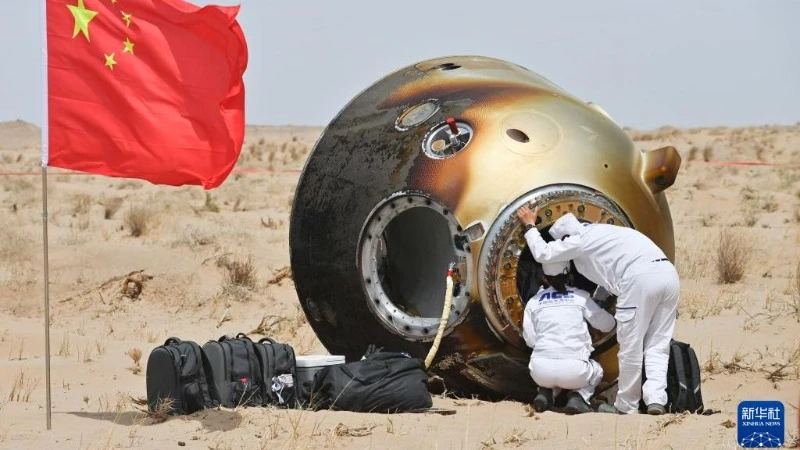


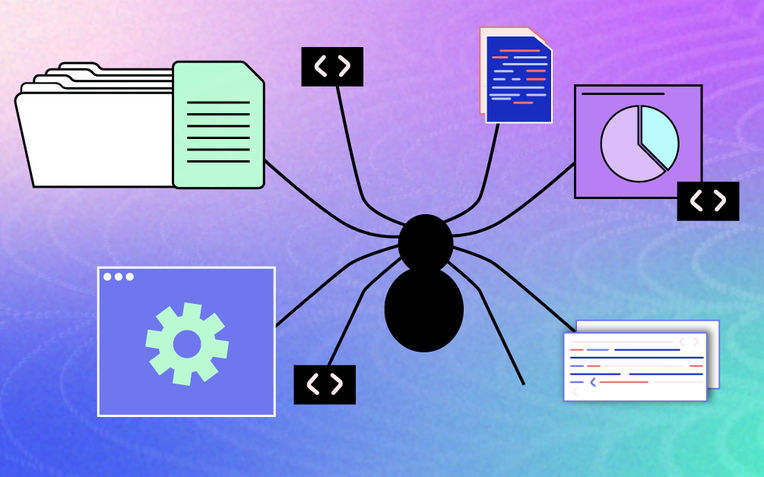
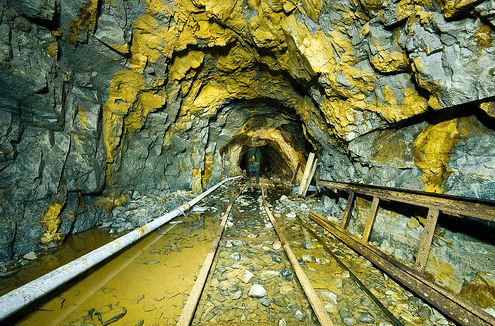














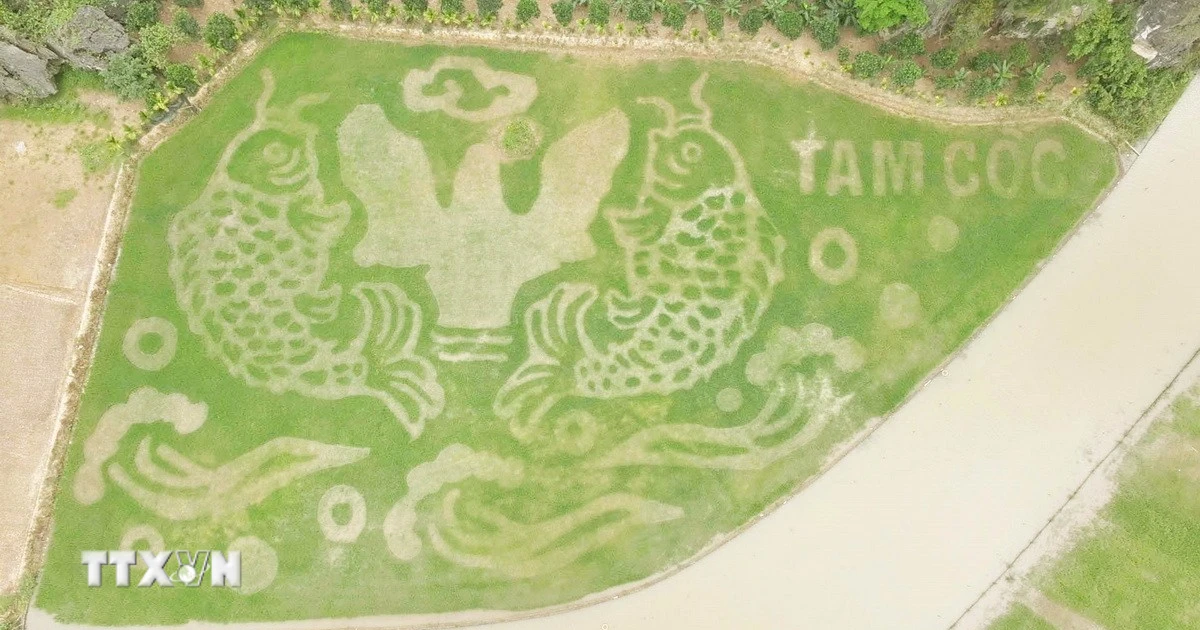































































Comment (0)